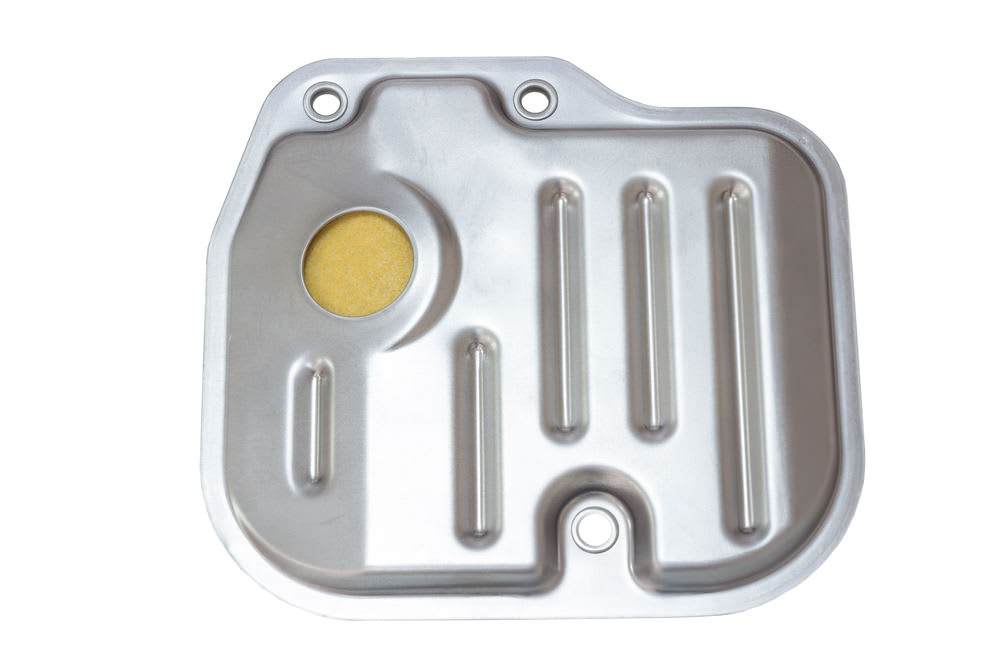

Your transmission filter is a very important component in your vehicle, because it’s the front line of defense when it comes to keeping contaminants out of your transmission fluid. Most automobile manufacturers recommend a transmission filter change every 2 years, or every 30,000 miles (whichever comes first). When your mechanic replaces the filter, he or she should also change the fluid, and replace the transmission pan gasket.
Signs that your transmission filter needs to be replaced
Outside of regular replacement, you may notice signs that a transmission filter change should be done sooner. Here are some signs that replacement is in order:
You can’t change gears: If you can’t change gears easily, or at all, then there could be a problem with the filter. If the gears grind, or there’s a sudden surge in power when you shift, this could also be an indication of a faulty filter.
Noise: If you hear rattling, and you can’t explain it any other way, you’ll definitely have to check your transmission. It could be that the fasteners need to be tightened, or it could be that the filter is full of debris.
Contamination: The transmission filter, as we have stated, works to keep contaminants out of the transmission fluid. If it’s not doing its job effectively, the fluid will become too dirty to work properly. In the worst case scenario, the fluid can burn and result in you needing expensive transmission repairs. You should check your transmission fluid regularly – not just to be sure that it’s at the proper level, but to see that it’s clean.
Leakage: If the transmission filter isn’t fitted properly, it could leak. Leakage could also be due to a problem with the transmission itself. There are many gaskets and seals in your car transmission, and if they become misaligned or dislodged, they’ll leak. Puddles under your car are a sure tip-off.
Smoke or burning smell: If the filter is blocked, you could notice a burning smell, or even see smoke coming from your engine.



